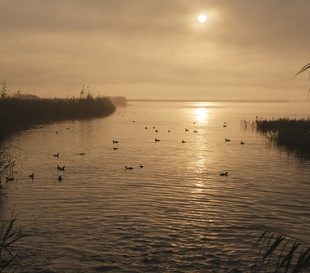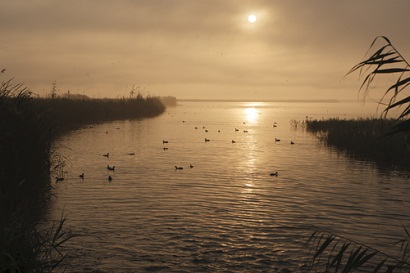
Birdwatching in Catalonia at Ebro Delta
Unparalleled natural diversity and a birdwatchers’ paradise at Catalonia’s Ebro Delta. The Ebro Delta at the mouth of the River Ebro, defining the border between Catalonia and the rest of Spain, is an area of great and unique natural beauty.
Boasting several lagoons, numerous walking trails and stunning viewpoints, the calm and serene landscapes of the Ebro Delta make it the perfect place to escape the hustle and bustle of life in Barcelona.
Covering an area of 320 square kilometres, of which 80 kilometres comprise of the Ebro Delta nature reserve, the Ebro Delta is the second largest wetland area in the western Mediterranean, behind the French Camargue.
Bird watching in Catalonia
Bird watching is a huge part of the tourism industry in Spain, and with flamingos flying here to mate, migratory birds stopping off here for a rest and with hundreds of species permanently living here, this popular tourist activity is particularly prevalent on the Ebro Delta.
In fact for wildlife enthusiasts and bird watchers this huge wetland area is one of the Mediterranean’s most important waterfowl breeding areas and provides a natural diversity that is rivalled by little where else.
Expanding land
The Ebro Delta has expanded massively since the 4th century when the town of Amposta was a seaport. Today Amposta, the capital of the Monsia region in Tarragona, is situated well inland. The Delta grew from millions of tonnes of sediment, washed down stream, towards the Mediterranean, by the mighty River Ebro, creating a unique and fertile addition to the Spanish landscape.
Shrinking land
Although with dam walls trapping the much needed sediment and slowing the flow rate of the river, the Ebro Delta is a delicate place. Decreased rainfall over the last century has not helped as the river does not enter the sea with the same volume of water that it did 100 years ago.
Various conservationists and agriculturalists are working on canals and irrigation ditches in hope of maintaining the status quo of the delta. The wave action of the sea erodes material away from the shoreline but what material will replace the eroded coast?
For now, at least, the Ebro Delta remains one of the least disturbed parts of Spain and because of its splendid beauty, time-honoured human use of cultivating land and unique natural heritage, it is important that the objective is to keep the Ebro Delta as pure as possible is never compromised.



